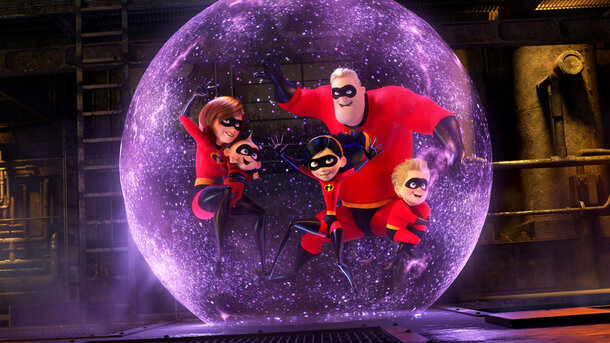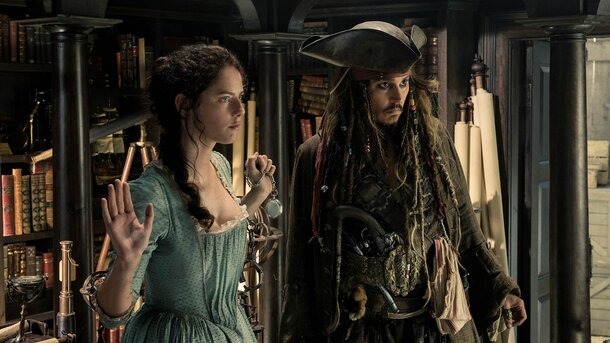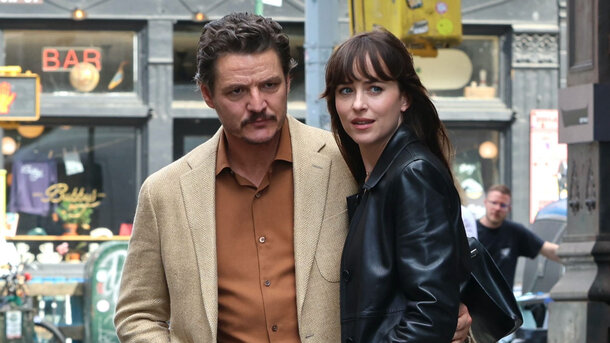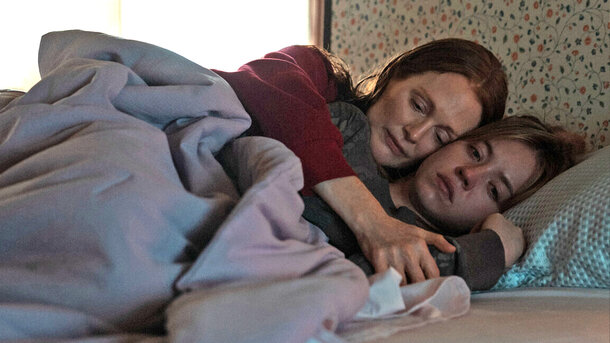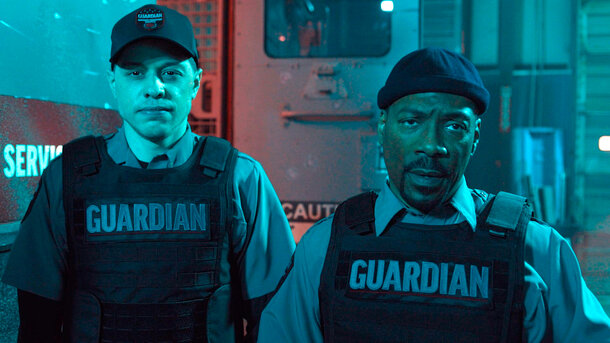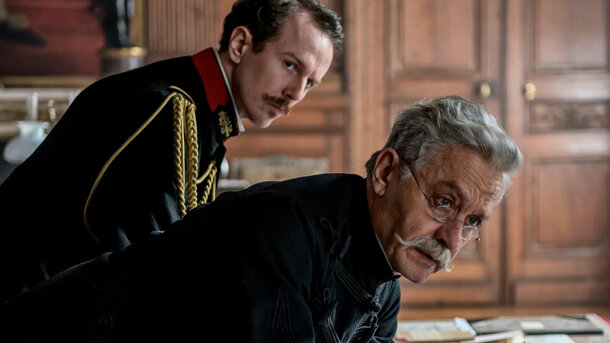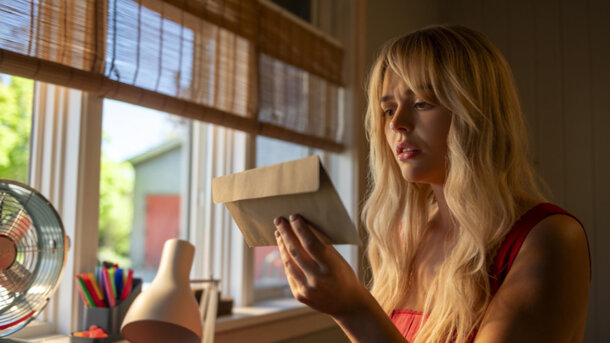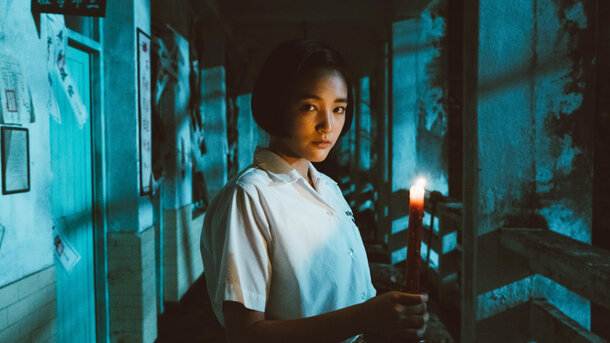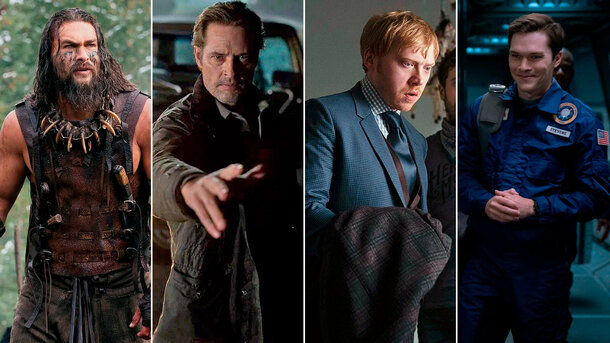There was a time when Hollywood beauty was carved from a single mould — symmetrical, polished, and predictably perfect. The industry leaned into conventional attractiveness, rewarding the chisel-jawed and wide-eyed with lead roles and glossy magazine covers.
It was the era of Lana Turner, Ava Gardner, and Rita Hayworth — women who embodied the studio system’s meticulous vision of beauty: sculpted, immaculate, and engineered for the camera. Their elegance was designed to dazzle, a cinematic ideal that left little room for imperfection, let alone deviation.
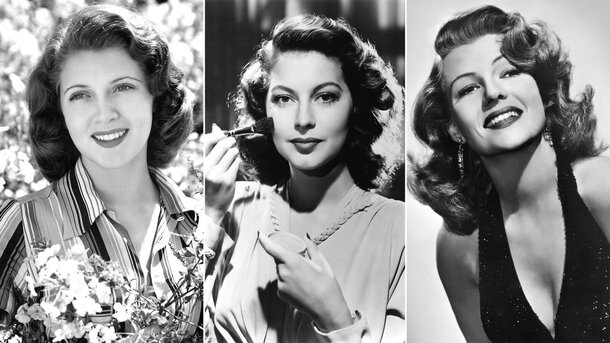
By the early 2000s, that studio-era ideal hadn’t disappeared — it had merely been repackaged. Beauty was still sleek, symmetrical, and unmistakably conventional, now filtered through the high-gloss lens of celebrity culture. The screen was dominated by the polished perfection of stars like Charlize Theron, Brad Pitt, and Jessica Alba — faces as camera-friendly as they were commercially bankable. But today’s casting choices tell a different story.
Scroll through the most buzzed-about roles in recent years, and you’ll find a celebration of the unusual, the angular, and the arrestingly specific. Anya Taylor-Joy's elfin sharpness, Barry Keoghan’s unsettling intensity, Margaret Qualley’s kinetic expressiveness, or Mia Goth’s haunted gaze — these are faces that command attention precisely because they defy the old mould. Their presence isn’t about flawless symmetry, but emotional texture. And that, it seems, is what today’s audiences are truly drawn to.

There’s power in a face that doesn’t blend in. It anchors performances in something raw and believable. Filmmakers like Yorgos Lanthimos, Ari Aster, and Greta Gerwig are helping lead this visual evolution, casting not for aesthetic perfection, but for visual character — faces that linger in the mind’s eye long after the credits roll.
The beauty standard hasn’t disappeared — it’s diversified. And in an age of endless streaming options and cinematic saturation, it’s the distinctive, the off-kilter, and the intriguingly imperfect that command attention. In short, screen beauty is no longer about fitting in — it’s about standing out.


